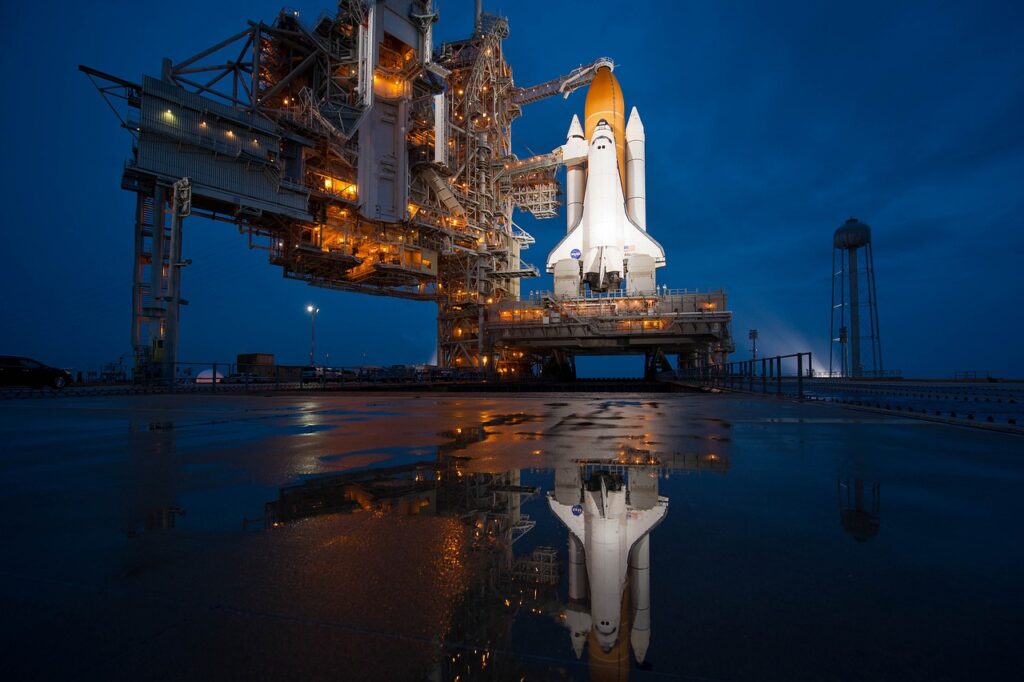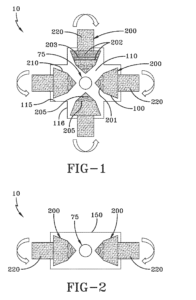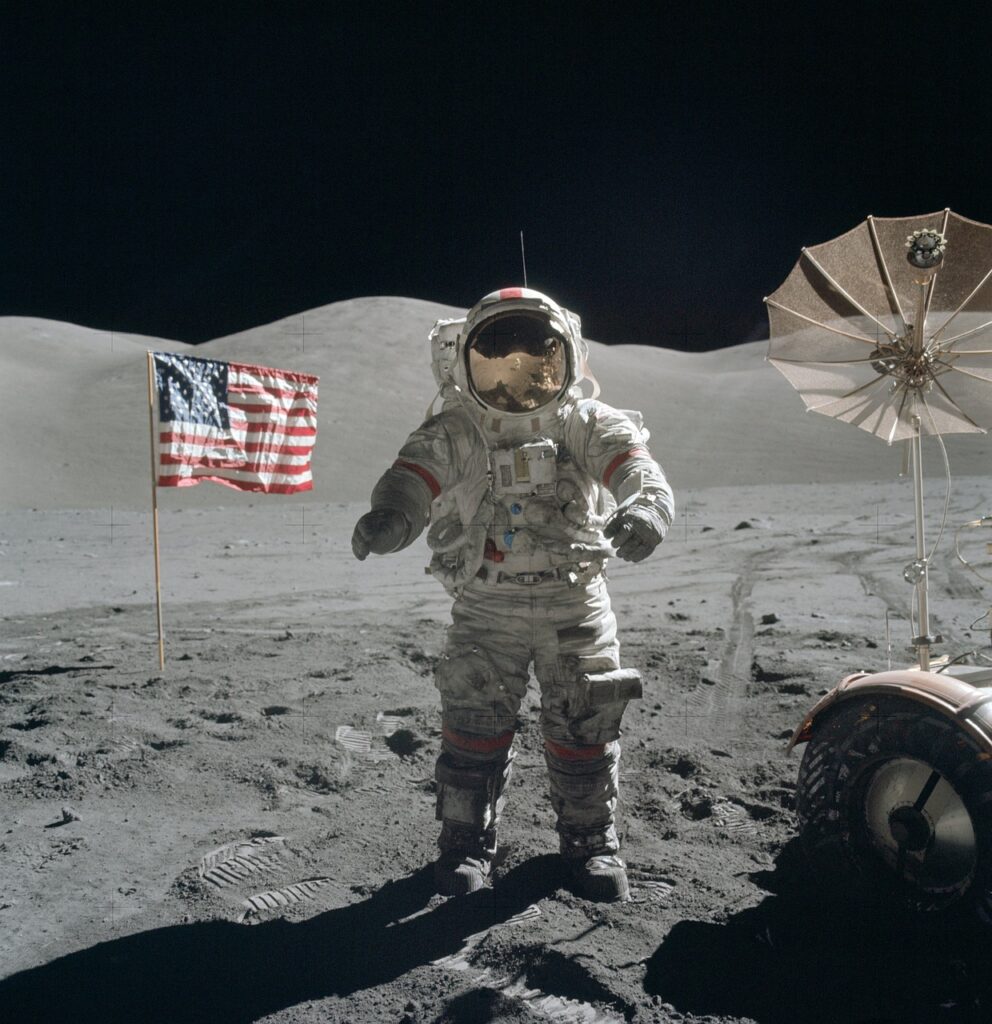During the modern space race, pop culture has stepped up and provided many of the patents that help shape the future of space travel. It’s also influenced the fashion world with clothing and accessories that show off our love for space. But what are these pop culture patents?
NASA’s “inertial mass reduction device”

Currently, the US Navy is working on a new technology which will soon be unveiled to the public. The new device is the polar opposite of the old fashioned rocket booster. The new technology is a triangular aircraft resembling a black triangle ship. The craft has a Faraday cage at its apex and an enclosed crew compartment. It also has a triangular shaped propeller.
One of the most exciting innovations of the new technology is the ability to manipulate gravity waves into propellentless propulsion. This is a major advancement in space travel and will allow humanity to venture outside the solar system. A new “infinity” or “infinity” spacecraft would enable astronauts to traverse the universe with relative ease. It also has a high probability of surviving the gravitational hiccups that befall all spacecraft in the galaxy. Its occupants could float above the surface of the moon or even go to Mars. It would be a technological first in the history of the universe. The new spacecraft would likely be the fastest spacecraft ever built.
While the most ambitious of the invention’s many components, the most interesting thing about the device is its potential impact on future space travel. Unlike conventional aircraft or satellites, the spacecraft was able to sustain an altitude of ten kilometers. The ability to do so would not only enable astronauts to reach outer space but it could also be used for scientific research. The nifty little device is not without its limitations. The most obvious ones include a lack of space for storage and the need for high performance cooling. This would make it an expensive endeavor to maintain. Despite these difficulties, the invention is a promising candidate for the new world of space travel.
The patent is not a commercially viable product. However, it has the advantage of being a novelty for a decade or so. The invention could be of interest to the Chinese government which has already taken a cue from the American Space program and may be looking to make its mark in this sector. The patent has been reviewed by the U.S. Patent and Trademark Office.
Dr. Pais’ fusion device
Among the numerous UFO patents that the United States Navy has pursued is Dr. Salvatore Cezar Pais’ “Plasma Compression Fusion Device.“
This invention is described as a compact fusion reactor, which claims to confine and compress plasma in a manner similar to that of a nuclear reactor. It also claims to generate high-energy electromagnetic fields which heat the plasma core. The device uses a hollow duct and counter-spinning dynamic fusors.

A related concept is the “inertial mass reduction device,” which is a fusion nuclear power device that would allow a craft to accelerate and travel at speeds unseen before. The device is a physics-defying feat.
The “inertial mass reduction device” is an advanced technology that may have far-reaching implications for our future. Using this technology, humanity could venture outside the solar system and into deep space.
The “inertial mass reduction device” involves the manipulation of quantum field fluctuations. This is a feat of engineering that has long been studied by the Department of Defense. It could be the key to unlocking the secrets of the universe.
The other “miracle” of this patent is the “high temperature superconductor.” This invention would allow electricity to be transferred without loss of energy. The torus-shaped coils of superconductors create powerful magnetic fields.
It has long been speculated that these torus-shaped coils of superconductors might be capable of generating enough energy to create a fusion nuclear reactor. If this were true, it would be a boon for humankind.
The patent is also notable for being the first to mention the’mire obvious’, a device whose name is a mouthful. The patent is titled, “Plasma Compression Fusion Reactor,” and is accompanied by a slick video. It also comes with a patent application, describing a fusion reactor which is able to produce gigawatts to terawatts of clean, green energy.
The patent application states that a vehicle of this type is “enabled.” This is a misleading term, as it does not mean that it is in working order or even able to be constructed as described.
It is the Navy’s most prolific patent filer to date. It has spent $508,000 on the project. Most of the costs went to salaries and equipment.

NASA’s first lunar landing
During the Cold War, the national goal was to land a man on the Moon before the decade was out. President Kennedy challenged the nation to achieve this goal by the end of the 1960s. NASA launched a program to do this. This resulted in the Apollo program, which sent astronauts to the Moon and explored it for scientific purposes.
In December of 1968, the first manned mission to the Moon launched. The Apollo 8 crew included Frank Borman, Bill Anders, and James Lovell.
The Apollo Command Module carried three astronauts and had more room than the Mercury and Gemini spacecraft. The spacecraft was launched from Earth by a Saturn V rocket. It separated from the Lunar Module after it reached the Moon. This allowed the two astronauts in the Lunar Module to land on the Moon. They collected moon rocks to bring back to Earth.
The spacecraft’s landing was successful and the Lunar Module flew back to orbit. The Apollo 13 flight circled the Moon for over two weeks before returning to the Earth. It was the last NASA mission to land on the Moon.
The Apollo program also led to the development of the first quieter supersonic aircraft. In the late 1950s and early 1960s, MIT was an important partner in the space program. Many MIT-educated scientists and engineers were key to the Apollo spacecraft guidance system.
The first African-American to be selected for a space program was Robert Lawrence. He was a pilot with more than 2,000 hours of jet flying. He was also a gliding expert and studied a difficult steep-descent gliding technique. His widow petitioned NASA to include his name on the Space Mirror Memorial. His role in the space program fell into obscurity until the 1990s.
In the years following the Apollo program, NASA continued to develop supersonic aircraft and send astronauts to the International Space Station. It also engaged new audiences through innovative programming. It produced educational resources for schools and engaged in racial equity efforts. The agency collaborated on 150 documentary projects in 2022.
In addition to the SMD Bridge Program, which engages NASA centers and minority institutions, the agency is expanding research opportunities for historically underrepresented communities. This includes a series of dialogues with subject matter experts during the 51st Congressional Black Caucus Legislative Conference in Washington. It also awarded nearly $600,000 to 10 minority-serving institutions.
Space-inspired fashion
Whether it’s the X-Men, Ironman or Batman, the fashion world has been filled with inspiration from superhero movies. One of the most enduring examples is the Nike Air Foamposite One “Galaxys”. These sneakers continue to break necks and wallets, and each time they appear, they create a stir.
As part of the ’60s space race, designers began to create bold, space-themed collections. Many of these designs were made of high-tech synthetic fabrics. These fashions were sleek and minimalist, but they were still unisex. The fashion world began to embrace retrofuturism, and the designs found new audiences.
Italian designer Pierre Cardin was one of the first to develop a space-age look. In 1969, NASA approached Cardin to design a space suit. The designer crafted sharp modernist silhouettes from shimmering lame fabric, and then used aeronautically inspired silhouettes. He also designed mini shift dresses and headgear.
The ’60s space race, however, was more than just a measure of scientific progress. It spawned a throng of TV shows, movies and fashion collections. Those collections were essential to the popularity of science fiction series and films.
Designers continued to take space-age style inspiration from the ’60s into the ’80s, creating more complex, futuristic collections. Paco Rabanne’s chain mail creations, for example, were equal parts 16th-century knight armor and futuristic dancer armor. Models wearing his garments looked like astronauts, extraterrestrial warriors, and futuristic dancers.
The marriage of fashion and technology dates back to the early 1930s, when designers began to experiment with unusual materials. Today, many fashion houses are incorporating wearable technology into their clothing. The aesthetics will be the real difference maker.
The 21st century space race is becoming more consumer-facing. With public access to space, the fashion industry will be able to use its creativity to brand itself. Virgin Galactic could be an ideal partner for brands like Alessandro Michele’s Gucci, Karl Lagerfeld’s Chanel, and Stella McCartney. With their emphasis on design, the companies will have big opportunities.
While there is no definitive list of designers who have referenced space, a number of labels have taken a stab at the retrofuturist trend, from Hussein Chalayan to Rodarte. In addition to these brands, many sneaker companies have taken inspiration from the dreams of extraterrestrials.

